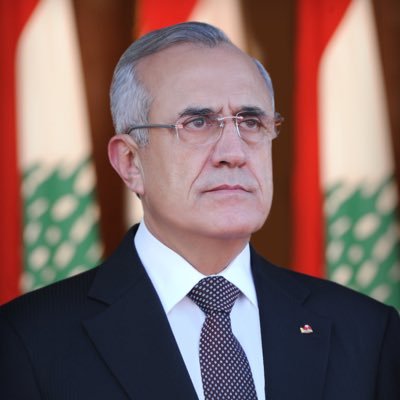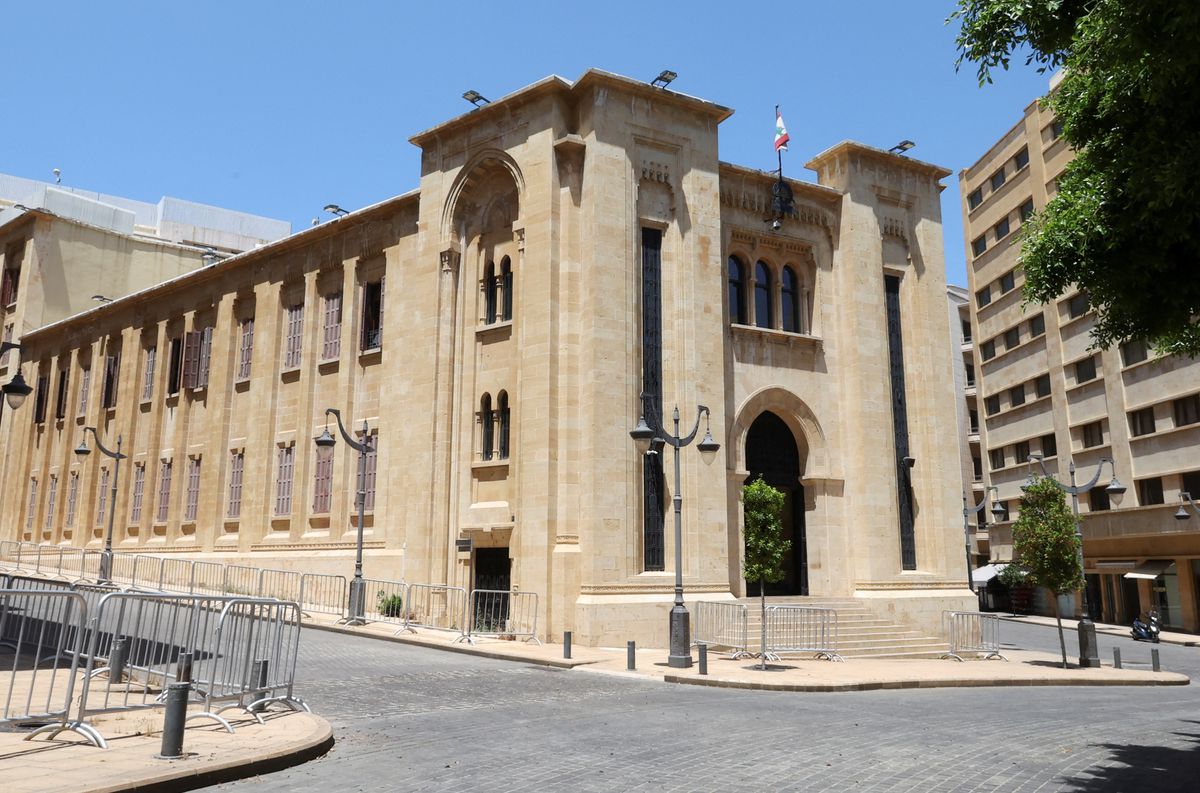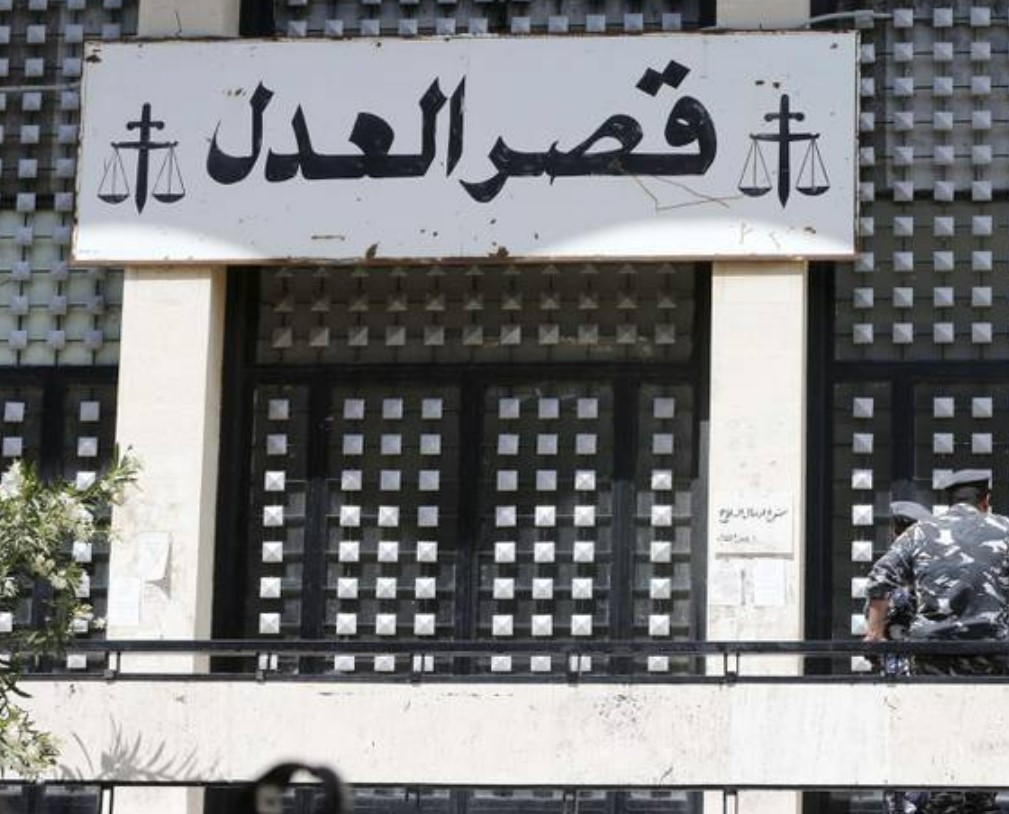
طرح لقاء الجمهورية خطة من خمسة بنود وطالب بأن يُعلن المرشح للانتخابات الرئاسية التزامه بها ليكون رئيساً جامعاً للبنانيين ويحمل رؤية إنقاذية للوطن تقوم على أسس ومبادئ واضحة.
وعلم “الثائر” من مصدر مقرّب من الرئيس الأسبق ميشال سليمان ، أنه لم يطرح هذه الخريطة اعتقاداً منه انها ستنفذ غداً، لكن ليفتح طريق الشجاعة للطوائف الأقل عدداً، وللمسيحيين، بأن يطالبوا بتنفيذ اتفاق الطائف والدستور، خاصة لجهة إلغاء الطائفية السياسية، لأن إلغاءها على البارد، ووفقاً لرؤية مستقبلية، هو الأفضل والأكثر حكمة.
ويضيف: فلنضع الهندسات اللازمة اليوم، طوعاً وبالتفاهم، طالما أن الدستور يضمن إلغاء الطائفية، ويحرص على مراعاة هواجس الطوائف عبر إنشاء مجلس الشيوخ تتمثّلُ فيه كل الطوائف اللبنانية.كما أنّ ترؤوس رئيس الجمهورية لهذه الهيئة الوطنية، ووضع خطةً مرحلية ، وفقاً للخطة المرحلية التي ينص الدستور على وضعها، والتي يمكن أن تمتد لسنوات، مرحلة وراء أخرى، يتم خلالها اختبار فعالية مجلس الشيوخ.
كما أن التوافق على توضيح بعض مواد الدستور، التي يكتنفها الغموض يشكّل أيضا ضمانة أساسية وإضافية.
ويعتبر الرئيس سليمان أن البند “ح” في مقدمة الدستور، الذي جعل إلغاء الطائفیة السیاسیة، هدفاً وطنياً أساسياً، یقتضي العمل على تحقیقه وفق خطة مرحلیة، وهذا كفيل بضبط الإلغاء للطائفية السياسية. ولقد نص أيضا الدستور في البند “ي” على أن “لاشرعية لأي سلطة تتناقض مع صيغة العيش المشترك” .

by al-monitor.com — Adam Lucente @Adam_Lucente — Hezbollah recently threw its support behind Suleiman Frangieh, but it could settle for a compromise candidate. Only some of those seeking the office oppose the Iran-backed group’s influence in the country. Lebanese President Michel Aoun left office last October, finishing a six-year term that saw a deepening political divide and a worsening economic crisis. Since Aoun’s departure, the Lebanese parliament has convened — and failed — more than 10 times to elect a new president. The position under Lebanon’s sectarian system is held by a Maronite Christian, and the ongoing void is exacerbating Lebanon’s political instability and economic crisis. According to the Lebanese constitution, the 128-member legislature requires a majority of two-thirds (85) to elect a president in the first round, and then in the second round, a candidate can be elected by a simple majority of 65 lawmakers. As the chamber continues to deliberate on the issue in effort to get to the 85 votes, here is a breakdown of the top four who have emerged as the leading potential successors to Aoun:

Story by Marc Schulz, Contributor — cnbc — In 1938, Harvard researchers embarked on a study that continues to this day to find out: What makes us happy in life? The researchers gathered health records from 724 people from all over the world, asking detailed questions about their lives at two-year intervals. As participants entered mid- and late-life, the Harvard Study often asked about retirement. Based on their responses, the No. 1 challenge people faced in retirement was not being able to replace the social connections that had sustained them for so long at work.
Retirees don’t miss working, they miss the people When it comes to retirement, we often stress about things like financial concerns, health problems and caregiving. But people who fare the best in retirement find ways to cultivate connections. And yet, almost no one talks about the importance of developing new sources of meaning and purpose. One participant, when asked what he missed about being a doctor for nearly 50 years, answered: “Absolutely nothing about the work itself. I miss the people and the friendships.” Leo DeMarco, another participant, had a similar feeling: After he retired as a high school teacher, he found it hard to stay in touch with his colleagues. “I get spiritual sustenance from talking shop. It’s wonderful to help someone acquire skills,” he said. “Teaching young people was what started my whole process of exploring.”

By Associated Press — French authorities have asked Lebanese prosecutors to detain two people suspected of involvement in a 1983 bombing in Beirut that killed dozens of French troops, Lebanese judicial officials said Wednesday. It is highly unlikely that Lebanese authorities will detain the suspects nearly 40 years after the attacks. Neither has ever been taken into custody. The request identified the two suspects as Yousef al-Khalil and Sanaa al-Khalil and called on Lebanon’s prosecutor’s office to detain and question them, then inform French authorities of the outcome. It was not immediately clear if the two are related.
On Oct. 23, 1983, suicide car bombers simultaneously blew up a U.S. Marine base and French paratroopers headquarters in Beirut, killing 241 American servicemembers and 58 French troops. The American and French troops were deployed in Lebanon a year earlier as part of a multinational force following Israel’s 1982 invasion of Lebanon. A pro-Iranian Shiite group, Islamic Jihad, claimed responsibility for the 1983 attacks, which marked the beginning of the end of Western attempts to stop Lebanon’s 1975-90 civil war. Several months later, the peacekeeping force of U.S., French, British and Italian troops left Lebanon. Islamic Jihad was believed to be linked to Hezbollah, although Hezbollah officials have denied that. The judicial officials, who spoke on condition of anonymity in line with regulations, did not say whether the two are members of the Iran-backed Hezbollah. The request did not say whether the two are still alive, the officials said without giving further details.
By Jake Perez, Editor at LinkedIn News — Google has informed its workforce that there will be fewer promotions this year as hiring slows, reports CNBC, citing an internal email. The warning comes as the tech giant implements new performance reviews. It also announced in January that it was cutting 6% of its workforce, or […]

Source: Salk Institute — Summary: According to researchers, language model AIs like ChatGPT reflect the intelligence and diversity of the user. Such language models adopt the persona of the user and mirror that persona back. The artificial intelligence (AI) language model ChatGPT has captured the world’s attention in recent months. This trained computer chatbot can generate text, answer questions, provide translations, and learn based on the user’s feedback. Large language models like ChatGPT may have many applications in science and business, but how much do these tools understand what we say to them and how do they decide what to say back?
In new paper published in Neural Computation on February 17, 2023, Salk Professor Terrence Sejnowski, author of The Deep Learning Revolution, explores the relationship between the human interviewer and language models to uncover why chatbots respond in particular ways, why those responses vary, and how to improve them in the future. According to Sejnowski, language models reflect the intelligence and diversity of their interviewer. “Language models, like ChatGPT, take on personas. The persona of the interviewer is mirrored back,” says Sejnowski, who is also a distinguished professor at UC San Diego and holder of the Francis Crick Chair at Salk. “For example, when I talk to ChatGPT it seems as though another neuroscientist is talking back to me. It’s fascinating and sparks larger questions about intelligence and what ‘artificial’ truly means.”
In the paper, Sejnowski describes testing the large language models GPT-3 (parent of ChatGPT) and LaMDA to see how they would respond to certain prompts. The famous Turing Test is often fed to chatbots to determine how well they exhibit human intelligence, but Sejnowski wanted to prompt the bots with what he calls a “Reverse Turing Test.” In his test, the chatbot must determine how well the interviewer exhibits human intelligence. Expanding on his notion that chatbots mirror their users, Sejnowski draws a literary comparison: the Mirror of Erised in the first Harry Potter book. The Mirror of Erised reflects the deepest desires of those that look into it, never yielding knowledge or truth, only reflecting what it believes the onlooker wants to see.
by middleeastmonitor.com — The Israeli military were forced to retreat by Lebanese soldiers after violating a border pact over the ‘Blue Line’ between Lebanon and Israel. A brief scuffle between the soldiers, after an Israeli soldier pushed his Lebanese counterpart, ended in a tense standoff before the Israeli side were given orders to retreat. The […]
By Ruiqi Chen, Editor at LinkedIn News — In a culture “obsessed with productivity,” doing absolutely nothing might be the best form of self care. Author Jason Heller writes in The Atlantic that he and his wife intentionally do nothing every Sunday, instead opting to binge TV, get takeout and connect with one another. Otherwise, […]

BY ADAM RASMI/BEIRUT, LEBANON Time.com — Why Lebanon Is Having a Surprising Solar Power Boom About 2,300 ft. above Beirut in the Matn District mountains, Roger Mazloum and his brother Elias greet me on an unusually balmy winter day as they chop wood to help keep their early 20th century home warm before the cold returns. I’m no match for these burlier Lebanese men, who grew up in Broummana, a town of 15,000 people about a dozen miles east of the Lebanese capital, but I politely take my turn, meekly swinging an ax at the tree stump before us. Despite a lackluster start, and plenty of patience from the pair, something akin to firewood begins to splinter off after a few attempts. Mazloum takes me through the family home’s front door—past a living room with traditional Lebanese floor tiles and artwork dedicated to the late Umm Kulthum, the Egyptian titan of Arabic music—and up the stairs to the roof. The pine-covered mountains and a foggy glimpse of the Mediterranean Sea are a pleasant distraction, but the real purpose of the tour is to see the 18 solar panels slightly obscuring the vista. Like tens of thousands of other Lebanese people, the Mazloums have turned to solar power to generate reliable—and cost-effective—electricity in a country where the crisis-stricken state provides as little as one or two hours of power a day.
“In the past, even when the situation was normal, we used to have five, six, seven hours of power cuts a day,” says Mazloum, as the three of us sip Arabic coffee on their balcony. He is referring to the period before an economic crisis began in 2019 that has seen the Lebanese Lira lose more than 98% of its value against the U.S. dollar. The state-run Electricité du Liban (EDL) has a generation capacity of around 1,800 megawatts, according to Pierre Khoury, the director of the government-affiliated Lebanese Center for Energy Conservation (LCEC), compared to the estimated 2,000 to 3,000 megawatts the country needed before the crisis. But EDL only provides around 200 to 250 megawatts today, because the economic collapse means the government struggles to pay for the imported fuel used to power the country’s two main electricity plants.

By Mahmoud Hemdan — forbes –– Lebanon’s central bank will start Thursday selling the US dollar at 70,000 Lebanese pounds through its banking platform Sayrafa to meet the demand from companies and individuals, Banque du Liban Governor Riad Salameh said. Applications are to be submitted through banks and registered through Sayrafa, and paid within three working days, according to the central bank, which pointed to a ceiling for individuals of one billion Lebanese pounds per month for each account in each bank. Corporate ceilings are set at 10 billion Lebanese pounds in each bank, while this measure won’t apply to fuel importers. According to the circular, banks will stop buying dollars for their customers at a ceiling of $300 per month. The Lebanese pound has deteriorated to a new record level against the US dollar in the black market to reach 92,000 Lebanese pounds, from 89,000 pounds Tuesday, compared to 42,000 pounds at the beginning of 2023.
Food pricing
The new deterioration in the exchange rate of the Lebanese pound coincides with shops and supermarkets starting to price food and products in US dollars, which can be paid in Lebanese pounds according to the daily exchange rate. The Council of Ministers took this decision to reduce market manipulation and different pricing of goods against the dollar. Minister of Economy and Trade in the caretaker gove



